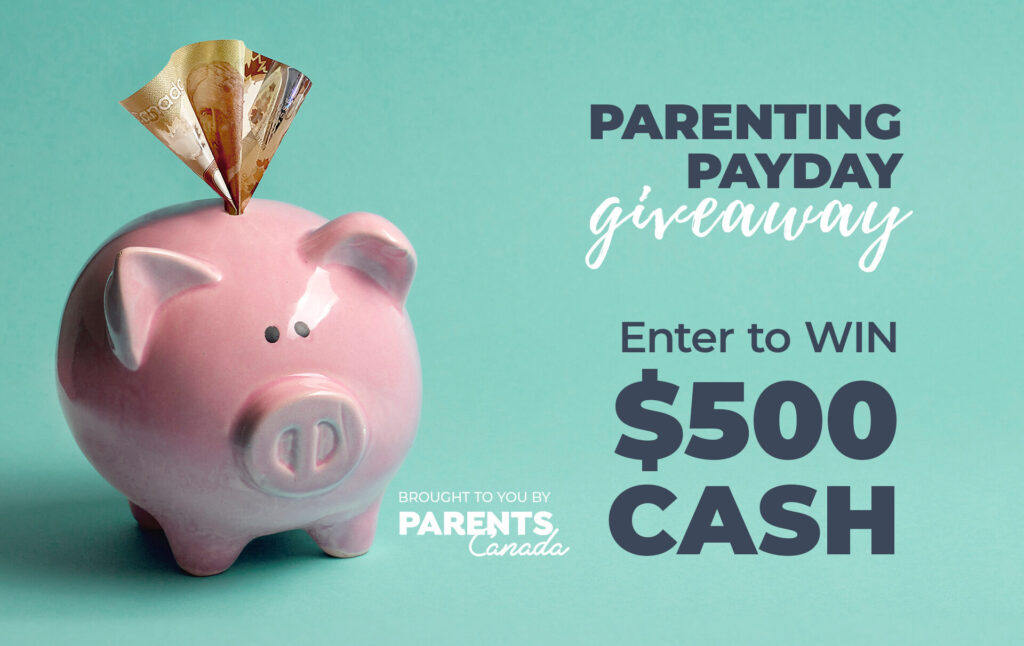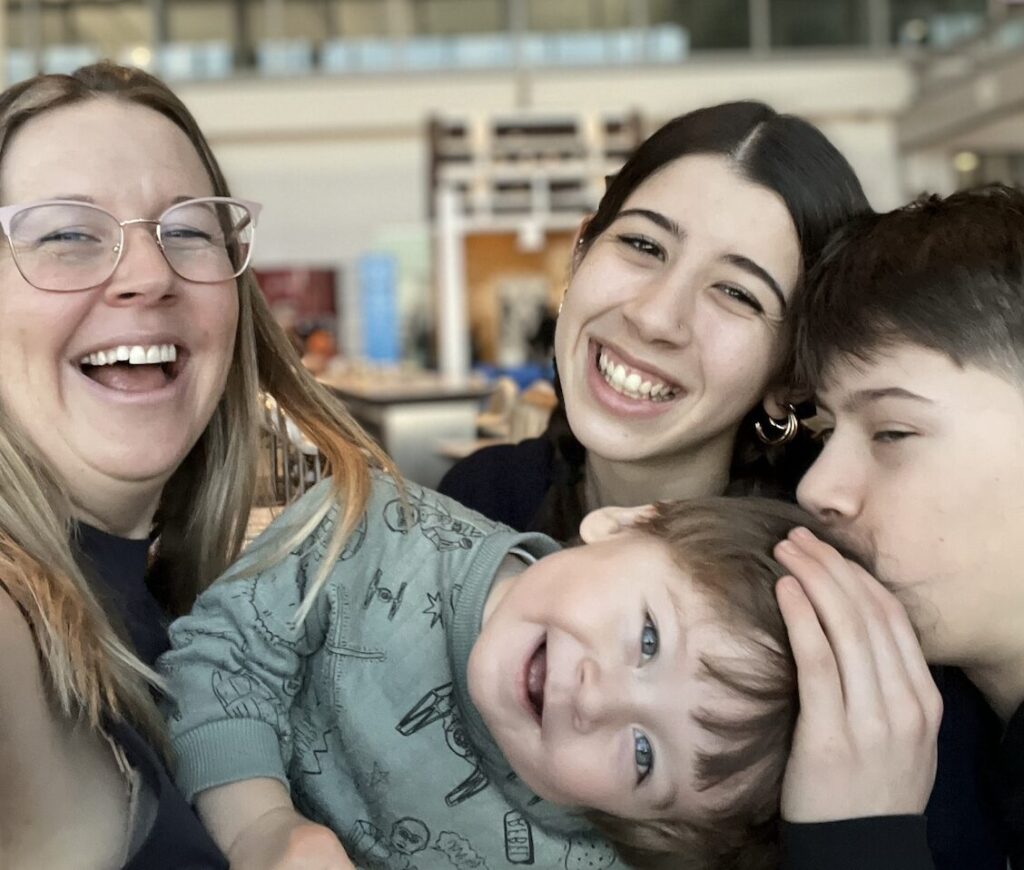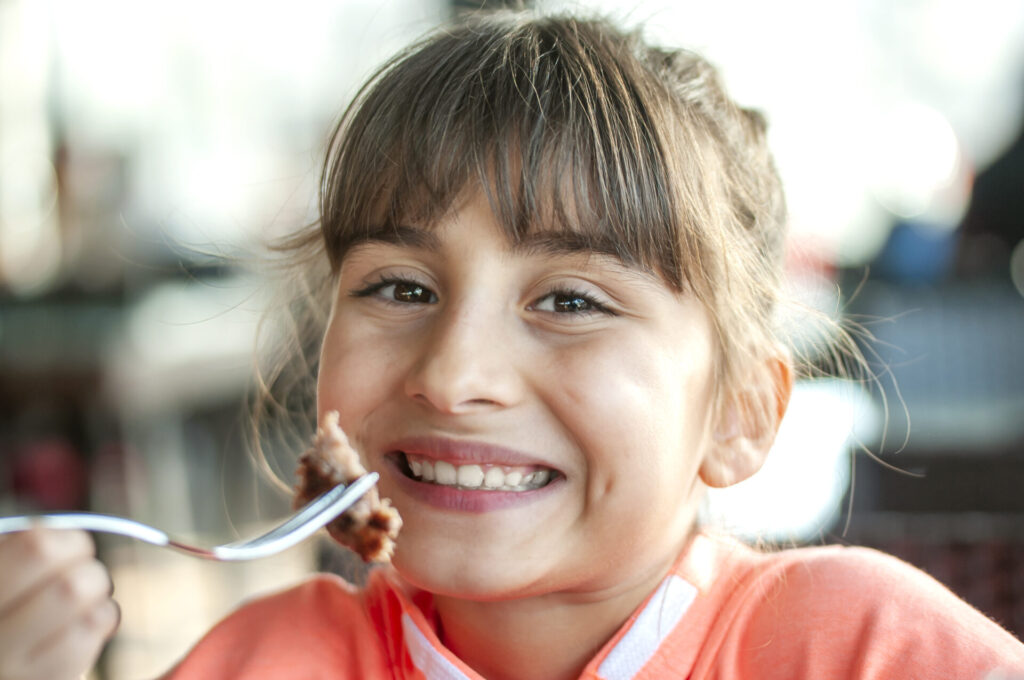 When your child steps into the kindergarten classroom for the first time it will be the start of an exciting journey that will change and evolve every time your child opens that door. As a new kindergarten teacher, I anticipate that first week as much as my students and their families. They are taking it all in with wide eyes. A play-based learning curriculum, adopted in many provinces, may make my classroom look a bit like a giant play room, but I can assure you, a lot of learning takes place at all the different areas:
When your child steps into the kindergarten classroom for the first time it will be the start of an exciting journey that will change and evolve every time your child opens that door. As a new kindergarten teacher, I anticipate that first week as much as my students and their families. They are taking it all in with wide eyes. A play-based learning curriculum, adopted in many provinces, may make my classroom look a bit like a giant play room, but I can assure you, a lot of learning takes place at all the different areas:
Floor
A large, colourful carpet is surrounded by bins of toys that include Lego, a train set and big floor puzzles. Students will begin the year listening to stories here but as the year progresses they will begin filling up the calendar, checking the weather and counting the days of school in anticipation for the 100th day celebration. Beside the big carpet is another small carpet with foam and wooden blocks. Students will begin by building without a plan in mind, but as the topics they are learning change, their constructions will become more focused. They will begin to explore measurement as they work with their peers to build a tower that is bigger than themselves. They will learn how to problem solve as their top-heavy tower keeps falling over.
Drama centre
Imaginations run wild in the play kitchen and puppet theatre. In the kitchen, students may begin the year playing beside a peer ith no real interaction, but before you know it, their idea of play will change to a more interactive pe as they ask a friend what they would like to eat for breakfast.
Art centre
What was a scribble on the page in September turns into a well thought-out picture that has incorporated a variety of art techniques and materials.
Sensory bins
These are filled with water and sand. At first they will spike children’s interest as they reach in to feel what’s inside. But as the months progress, they will begin to understand the concept of sinking versus floating, through experimentation.
Discovery centre
This area allows them to touch and discover things related to their current topic of study. For instance, when they are learning about animals on the farm, the discovery centre has a toy barn that they can open and close; while they are learning about transportation and speed, the centre may be filled with vehicles and ramps for experimentation.
Literacy centre
The year will begin with each child identifying their first name and drawing a picture of themselves. As the year progresses, students will learn how to print their name themselves and identify all of the other letters in the alphabet. They will begin the year by saying what they did on the weekend, but as time passes, they will beam with pride when they write in their journals on their own.
Numeracy centre
Here they will play matching games and sort manipulatives (small hand-sized items) by one common denominator, such as colour, shape or texture. By the end of the year, they will have learned how to pattern and count, how to read graphs and sort objects in many ways.
Parent primer
Some parents will be concerned their child won’t be doing enough learning and will be bored with so much play; other parents are concerned that their children are not ready for a full day of learning.
The first opportunity for teachers to address parent concerns about the program is on curriculum night. The teacher will walk you through a day in the life of a kindergarten student, which will lift some weight from your shoulders.
You will learn several things:
- each child learns at his or her own pace and that the proper instruction will be provided to your child.
- your child is not expected to know how to write their name or count to 20.
- your child will never be sitting long enough to be bored.
- the most valuable learning doesn’t take place at a desk but in all areas of the class, through hands-on experimentation.
In the end, you will learn the most when when your child comes home with a smile from ear to ear as they share what they learned at school that day. A strong partnership between you and the teacher allows children to get the most out of their first year of school, and lays the groundwork for a positive school future.









